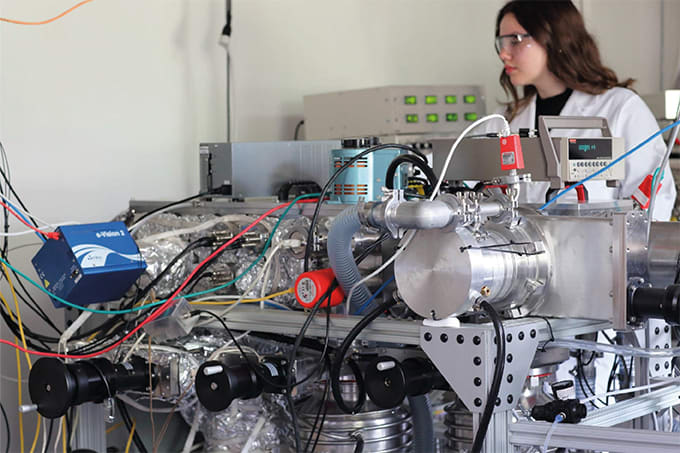Despite all our knowledge and investment, drugs are available to treat only 20,000 of the 100,000 human diseases that have been described. On top of this, nine out of every ten drug development projects fail. I have a modest suggestion for improving these numbers.
Between 1970 and 2000, high performance liquid chromatography (HPLC) in the reversed-phase mode was the key analytical technique for safe drug development and production (1). As methods in this period were often unreliable, regulatory authorities applied pressure on companies to produce thorough drug master files (DMFs), detailed documents that contain the chemistry, manufacturing and controls of a drug component. A producer of an active pharmaceutical ingredient (API) describes in a DMF the intended methods of Quality Control, often with reference to the relevant pharmacopeia – the national and international standards that aim to harmonize quality specifications for selected pharmaceutical products, excipients and dosage forms. Any changes to DMFs were studied very rigorously with the handling of “Out of Specification” (OOS) data being especially tedious and time-consuming. While computer-supported techniques allowed a shift from trial-and-error toward a more systematic design of experiments (DoE), events like the Thalidomide disaster forced regulatory authorities to remain very strict. In 2002, the pharmaceutical industry submitted a protest note to the US Food and Drug Administration (FDA) requesting more flexibility in the treatment of changes to analytical HPLC methods. The FDA reacted positively to this, introducing Quality by Design (QbD) as a replacement for “quality by QC” or “quality after design”. QbD represented a paradigm shift; it holds that quality should be built into a product through the understanding of that product and the processes by which it is developed and manufactured. Knowledge of risks in the manufacturing and analytical processes, and how to mitigate these, are incorporated into QbD development.
The QbD initiative changed the process of pharmaceutical production considerably – and the working lives of people responsible for quality control. Today, methods can be planned in advance within a “design space” so that changes in conditions will not require new validation. A Control Strategy allows for a reexamination of working points at regular intervals and without regulatory interference. However, there is some reluctance to introduce new methods because of the strong influence of pharmacopoeias. New methods come with high validation costs. Unfortunately, many pharmacopoeia methods are outdated and suffer particularly from long analysis times. In such cases, the application of QbD principles would greatly increase the flexibility of the analytical procedures required.
When a colleague submitted several DMFs to a number of European authorities they were approved, but only with the note “satisfactory”. Later, he had a case in which the pharmacopoeia method took 160 minutes analysis time (2). The drug needed only one day in production, but it took, according to the old pharmacopoeia method, five days to be analyzed. As the colleague reworked the method using modeling software, he was able to reduce the analysis time down to three minutes. Upon submission, the DMF was approved very quickly by the regulatory agencies, with the note “excellent”. The QbD-based process explains and proves why the final method, based on solid science, is the best one. There are many similar opportunities. Modeling with software tools that follow QbD principles can help reduce the barriers to acceptance by regulatory agencies and play a part in increasing the speed of new drug development. And those suffering from the 80,000 diseases we cannot treat could certainly use the help.
References
- Cs. Horváth, W. Melander, and I. Molnár, J. Chromatogr. 125, 129-156 (1976). A. Schmidt and I. Molnár, J. Pharm. Biomed. Anal., 78-79, 65-74 (2013).




